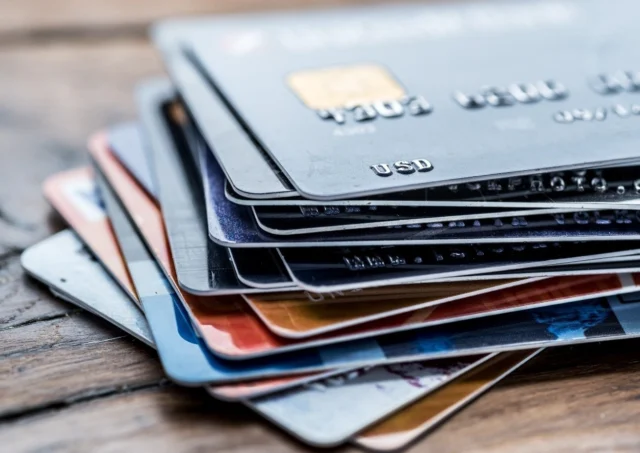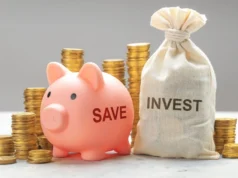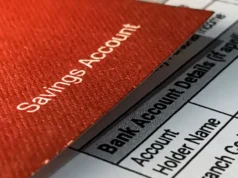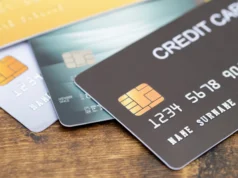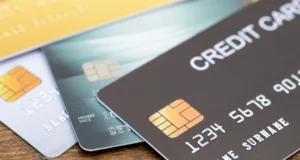The Reason behind Matching Cards to Spending Habits
Selecting one among the best credit cards Singapore has is not about choosing one that looks the most flashy. It is all about what card you have—what you order, where you shop, and how much you travel. A grocery card but not a petrol card is logical when a person does not drive. Someone who has not been to an airport in years may end up wasting a miles card. The best card is the smart card that returns to you what you spend on it in the first place.
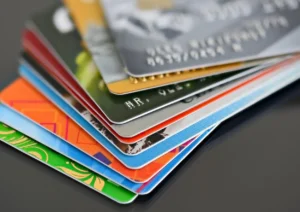
Cards That Reward the Supermarket Runs
One of the largest recurrent expenditures of households is groceries. Others also have cards that offer more cashback or bonus points on purchases made at the supermarket.
The Grocery Saver
Suppose you were spending $800 a month on groceries. On a 5% cashback card, that would be 40 saved in one month, or almost half a grand in one year. That is a month of free groceries. Consistency is the beauty here—there is not much variation in the amount of money spent on groceries, so the rewards are gained on a predictable schedule.
Caps and Restrictions
The complex one is reward caps. Most cards will only give you the grocery cashback of a few hundred dollars of spending. Get past that and your effective reward rate plunges. The cap can help you know where to use what card.
Cards That Cover Petrol and Transport
Drivers waste a lot of fuel. Due to higher credit card rebates in petrol stations, real money can be saved.
Petrol Partnerships
Certain banks have teamed up with certain petrol brands, and they have larger discounts when you pay using their card at the pump. This may equate to as much as 20% savings when card discounts are combined with station offers. That quickly becomes expensive for daily commuters.
Public Transport and Rides
Not driving? There are also cards that come with the extensions of rewards to the public transport and ride-hailing apps. That is understandable to younger users or people living in cities who use MRT and buses. Little compliments accumulate in a silent way here, yet they are constant.
Restaurant and Entertainment Nourishment Cards
Singaporeans eat out. Restaurant and cafe cards with rebates or points will expand budgets on dining.
Foodie-Friendly Choices
Use the card with 8% cashback to eat out every month at a minimum of $500, and you just added $40 to your pocket. That is close to a month’s rent for some individuals. And cashback is immediate and real here, as opposed to miles.
Watch the Fine Print
A lot of the dining cards do not include fast food, food delivery or hawker centers. The knowledge of which spending counts helps avoid disappointment when the payoff fails to materialize.
Travel-Oriented Cards
Miles cards are more logical than cashback to those who have already been bitten by the travel bug.
The Long Game of Miles
Miles’s cards are not instantly gratifying. However, once months have passed, they will be able to finance flights or upgrades that would normally cost thousands of dollars. A family who pays for all its travel arrangements and meals in a foreign country using a miles card could easily get a flight holiday after a year or two.
Conversion Hassles
The downside is complexity. It takes effort to keep track of mile conversion rates, expiry rules, and blackout dates. Unless you are ready to administer the system, miles cards are no longer attractive.
Online Shopping and Subscriptions
E-commerce has gone crazy, and cards are now competing to lock in on that expenditure.
The Online Shopper’s Advantage
Other cards provide greater rewards when using the card to shop on popular sites or as a subscription. That is to say Netflix, Spotify, or even online grocery orders can turn into reward-generating costs.
Limits on Platforms
Not all platforms qualify. One credit card could reward purchases made at one online retailer and not the other. Confirmation of details can help to avoid disappointment when making a large online purchase.
The All-Rounders
Other cards do not specialize but offer flat rewards on all types of spending.
Why All-Rounders Appeal
These cards save lives of individuals who do not like keeping track of categories. Whatever you spend, you earn. The reward rate can be less than category cards, but the simplicity is appealing to those who do not want to handle two or more cards.
Simplicity Over Optimisation
A general-purpose card could offer 1.5 percent cashback on all purchases. Less than the 5 or 8% on category cards but spares you the trouble of thinking of what card to use.
Mixing and Matching Cards
There are hundreds of sophisticated users that use multiple cards. They have a combination—one with groceries, one with dining, and one with travelling.
The Strategy in Practice
For example:
The groceries are on a cashback card and limited to 600.
Dining is a card transaction that is provided with 8 percent cashback.
Reservation of travel is made on a miles ticket.
This combination combined makes the most of normal spending.
The Danger of Overdoing It
However, too many cards will spread the rewards so thinly that they cannot be used. The yearly payments build up, and the lost cards can be used to commit fraud. Two or three card ways of juggling can be simple in comparison to juggling five.
The Psychology Behind Rewards
The cashback is immediate and gratifying. Miles are aspirational, attached to large aspirations such as free travel. In the middle are points cards, which are flexible but usually less clear. It is good to know which one is more likely to motivate you so that you avoid frustration.
Small Wins vs Big Goals
Cashback is the best choice in case you want to see savings every month. Miles can be more interesting to you when you like to work towards a larger payoff. The incorrect kind will cause you to be unmotivated; hence, you will not optimize the usage.
Pitfalls to Avoid
Banks aggressively market rewards; there are traps.
Minimum Spend Traps
Other cards have monthly minimum use requirements before you get rewards. Fall short, and you receive nothing. There is no use spending more in order to reach the minimum.
A Closing Analogy
Think of it like shoes. You will never find the pair that suits you better than the one that you can wear on a daily basis. The same thing applies to credit cards. Tie them to your habits of spending, and they will take you farther without exhausting you.

